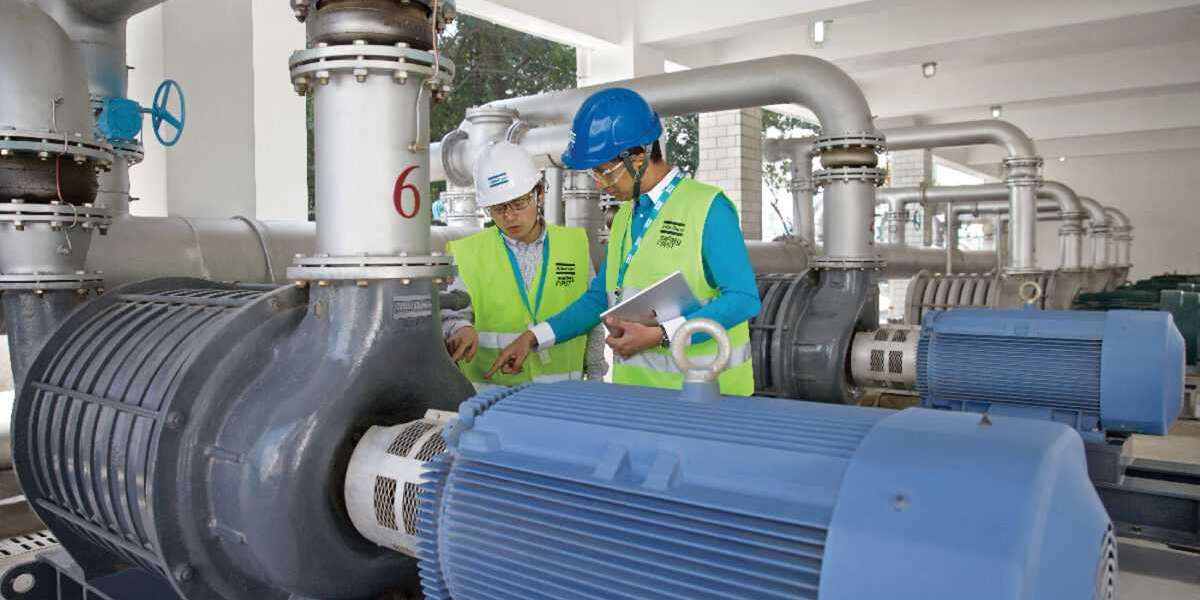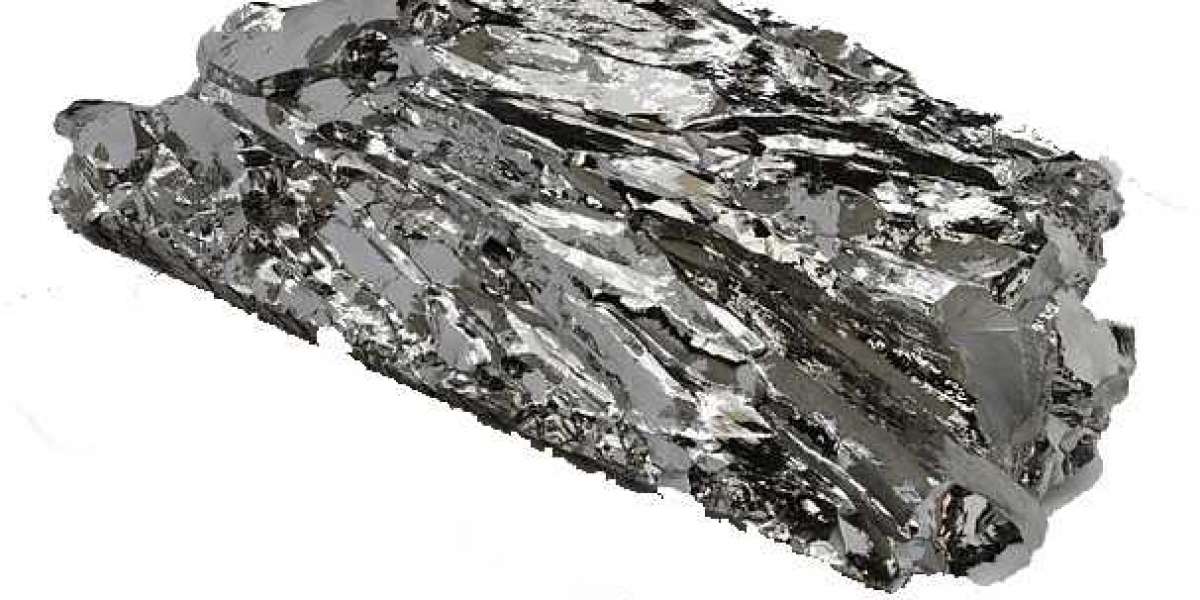Wastewater treatment is an essential process for maintaining environmental sustainability, and one of its most energy-intensive components is aeration. Industrial aeration blower systems play a crucial role in providing oxygen to microorganisms that break down organic matter in wastewater. However, due to their high energy consumption, optimizing their efficiency is a significant concern for industries aiming to reduce operational costs and environmental impact. Enhancing the energy efficiency of these systems not only improves performance but also leads to substantial savings and a reduced carbon footprint.
The Role of Industrial Aeration Blower Systems
Aeration blowers are fundamental in wastewater treatment as they facilitate the biological processes required for breaking down contaminants. These systems supply oxygen to aeration tanks, allowing aerobic bacteria to thrive and decompose organic waste effectively. The efficiency of an aeration blower system directly affects the quality of wastewater treatment, making it imperative for industries to optimize their performance while minimizing energy consumption.
Factors Affecting Energy Efficiency in Aeration Blowers
Several factors impact the energy efficiency of industrial aeration blower systems. The type of blower technology used, operational settings, system design, and maintenance practices all influence energy consumption. Variable speed drives (VSDs), blower type selection, and aeration control strategies can significantly improve efficiency. Additionally, minimizing pressure losses and ensuring proper diffuser performance further contribute to reducing energy usage.
Types of Aeration Blower Technologies
There are various aeration blower technologies available, each with distinct energy efficiency characteristics. Common types include centrifugal blowers, positive displacement blowers, and high-speed turbo blowers. Centrifugal blowers are widely used for large-scale operations, while positive displacement blowers are preferred for lower flow applications. High-speed turbo blowers, utilizing advanced air-bearing technology, offer superior efficiency and lower operational costs due to their reduced energy consumption.
Optimization Strategies for Energy Efficiency
Improving the energy efficiency of industrial aeration blower systems involves various optimization strategies. Implementing advanced control systems, such as dissolved oxygen (DO) sensors and automation, ensures that the required oxygen levels are maintained without excess energy use. Additionally, optimizing blower operation through load balancing and avoiding over-aeration helps in reducing energy waste. Regular maintenance, including filter cleaning and leak detection, also enhances blower performance and prevents unnecessary energy losses.
Benefits of Energy-Efficient Aeration Blower Systems
Energy-efficient aeration blowers provide multiple benefits to wastewater treatment plants and industrial facilities. These advantages include lower electricity costs, improved system reliability, and reduced greenhouse gas emissions. By optimizing blower performance, industries can achieve regulatory compliance and enhance sustainability efforts. Additionally, energy-efficient systems contribute to prolonged equipment lifespan and reduced maintenance expenses, ensuring long-term operational savings.
Challenges in Implementing Energy-Efficient Solutions
Despite the advantages, industries face challenges when implementing energy-efficient aeration blower solutions. High initial investment costs, lack of awareness, and resistance to adopting new technologies can hinder efficiency improvements. However, with the availability of financial incentives, government regulations, and technological advancements, industries can overcome these barriers and transition towards more energy-efficient wastewater treatment processes.
Conclusion
Optimizing the energy efficiency of industrial aeration blower systems is crucial for reducing operational costs and minimizing environmental impact in wastewater treatment. By adopting advanced blower technologies, implementing effective control strategies, and ensuring proper system maintenance, industries can achieve significant energy savings. As sustainability and cost-efficiency become key priorities, investing in energy-efficient aeration solutions will continue to play a vital role in modern wastewater treatment processes.







